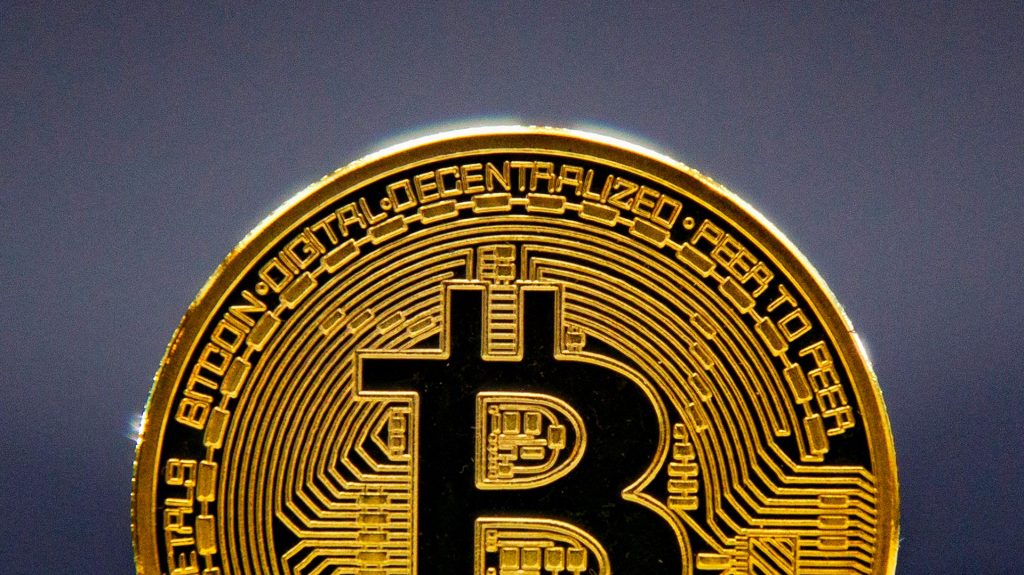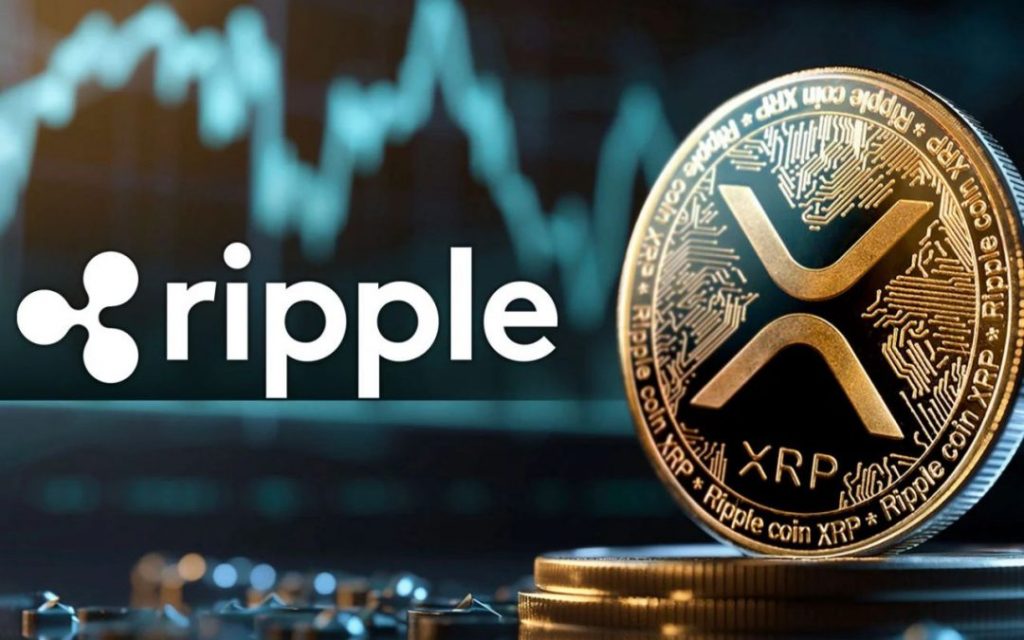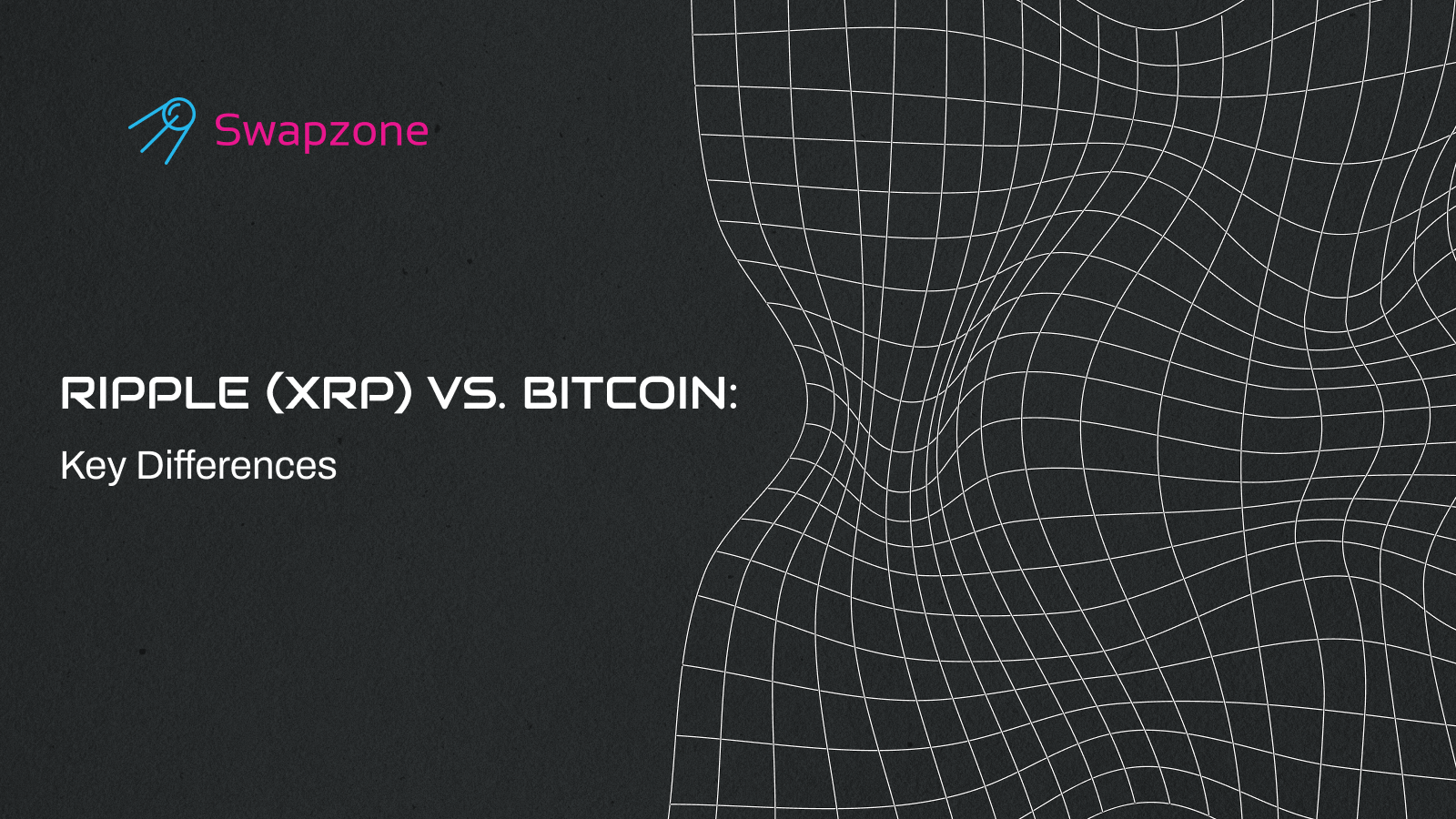The rise of blockchain technology has revolutionized the world of finance, with cryptocurrencies like Bitcoin and Ripple (XRP) capturing attention and fueling intense debate. Amid the excitement and confusion, Bitcoin and Ripple stand as two distinct visions for the future of financial transactions. While both are recognized as global payment networks, each cryptocurrency offers unique benefits and functionalities, catering to different audiences and use cases.
This article delves into the key differences between Bitcoin and Ripple, exploring their contrasting approaches, technologies, and visions within the cryptocurrency landscape.
Bitcoin’s Vision
Bitcoin, created by Satoshi Nakamoto in 2009, was designed as a decentralized, peer-to-peer electronic cash system. Unlike traditional banking, which relies on centralized authorities, Bitcoin operates on a blockchain that enables secure, transparent, and immutable transactions. Its decentralized nature gives individuals autonomy over their assets without the oversight of banks or governments. Bitcoin’s limited supply (capped at 21 million BTC) and its anti-inflationary model have also made it an attractive hedge against inflation and a “store of value” asset.
At the heart of Bitcoin’s architecture is its Proof-of-Work (PoW) consensus mechanism, which involves miners solving complex algorithms to validate transactions and add new blocks to the blockchain. This process is resource-intensive, but it provides a robust security layer, making Bitcoin transactions both secure and immutable. Through this combination of decentralization, self-custody, and autonomy, Bitcoin has established itself as the world’s first universal currency, paving the way for a new financial era that empowers individual users.
Ripple Labs’ Vision
Ripple Labs, the company behind XRP, took a different approach to financial innovation. Unlike Bitcoin, which was designed to operate independently of the banking system, Ripple’s goal is to work within the existing financial infrastructure to streamline global payment systems. Through its RippleNet network and the XRP Ledger, Ripple enables financial institutions to execute real-time, cross-border payments with lower costs and improved efficiency, making it particularly valuable for banks and remittance services.
Ripple Labs created the XRP Ledger to facilitate high-speed transactions without the need for mining, using a consensus protocol powered by validator nodes instead. This allows XRP transactions to be settled in seconds, enabling near-instantaneous transfers across borders. Ripple’s interledger protocol further enhances its cross-border payment system, fostering partnerships with major banks and financial institutions to revolutionize international remittance.
Fork the System
Bitcoin and Ripple present fundamentally different philosophies toward the financial system. Bitcoin, with its anti-authoritarian roots, was developed to circumvent banks and government control entirely, relying instead on an open network of miners and the PoW system. Ripple, however, has embraced collaboration with established financial institutions to improve payment infrastructure, enhancing cross-border payments with fast, efficient, and low-cost transactions.
Bitcoin’s security relies on the SHA-256 hashing algorithm and the energy-intensive mining process, while XRP’s consensus protocol enables it to confirm transactions rapidly without similar energy demands. The supply of XRP is also distinct; Ripple Labs initially created 100 billion XRP, with a portion held in an escrow account to manage future distributions, whereas Bitcoin’s supply is fixed and continuously mined.
Key Differences
The key differences between Bitcoin and Ripple lie in their control structures, target audiences, and use cases. Bitcoin offers individuals autonomy and protection against inflationary fiat currencies, acting as a decentralized store of value. Ripple, on the other hand, aims to expedite transactions for financial institutions, making it an ideal tool for efficient cross-border payments.
Speed
Bitcoin transaction speeds are notably slower, typically taking around 10 minutes or more to confirm. This delay is often due to network congestion and the need for miners to prioritize transactions based on transaction fees. In contrast, Ripple uses a unique consensus protocol and a distributed ledger system, allowing XRP transactions to settle within seconds. This speed makes Ripple significantly more scalable and ideal for high-frequency, real-time transactions, particularly in cross-border payments and other use cases requiring swift transaction settlement. You can always make the fastest BTC or XRP exchanges on Swapzone.io.
Cost
Bitcoin’s transaction fees can fluctuate considerably, often spiking during times of network congestion as miners prioritize transactions based on fee size. The costs are also impacted by data size, given Bitcoin’s Proof-of-Work (PoW) model, which relies on SHA-256 mining. This mining process is energy-intensive, adding to Bitcoin’s overall operational expenses.
In contrast, Ripple is designed for cost efficiency, with transactions generally incurring fees of only a fraction of a cent in XRP tokens. Thanks to its protocol design, Ripple’s transaction costs remain low regardless of network traffic, making it a highly attractive solution for financial institutions seeking a more economical method for cross-border payments and other high-volume transactions.
Consensus Mechanism
Bitcoin relies on a Proof-of-Work (PoW) consensus mechanism, where miners use substantial computational power to solve complex mathematical puzzles. This process ensures secure transaction confirmation and prevents double-spending, but it also consumes significant energy and can lead to higher transaction fees. In contrast, Ripple operates on a consensus protocol that uses a network of validator nodes to confirm transactions on its distributed ledger. This system allows for rapid, energy-efficient transaction processing without the need for mining, making Ripple’s consensus mechanism more environmentally friendly and cost-effective. Ripple’s model provides faster confirmations, underscoring its suitability for high-frequency transactions in a resource-efficient way.
Decentralization
Bitcoin embodies full decentralization through its blockchain and distributed ledger system, where no central authority or single entity controls the network. This Bitcoin network structure allows transactions to be verified and processed by a vast network of independent nodes, making it a system that is inherently resistant to central control. In contrast, Ripple Labs maintains considerable influence over the XRP network, as many of the validating servers are either owned or operated by Ripple Labs itself. While independent validators are gradually being added to the network to promote decentralization, Ripple’s architecture still grants the company a notable degree of control compared to Bitcoin’s truly decentralized approach.
Why Bitcoin Is Better than Ripple

While Ripple excels in transaction speed and cost efficiency, Bitcoin stands out for its decentralized, censorship-resistant, and permissionless design. Unlike Ripple, Bitcoin operates without centralized control, making it immune to alterations or shutdowns by any single entity. This decentralized structure enhances Bitcoin’s appeal as a store of value and a hedge against inflation, providing users with a financial tool that is independent of government or institutional control. Bitcoin’s status as the largest cryptocurrency by market capitalization also reflects its role in pioneering an alternative to traditional financial systems, reinforcing its vision to reshape the global financial system. Through this structure, Bitcoin has emerged as a resilient asset, often considered “digital gold,” aiming to offer economic autonomy on a worldwide scale.
Why Ripple Is Better than Bitcoin

For efficient cross-border payments and everyday transactions, Ripple offers distinct advantages over Bitcoin. Ripple’s network, built on partnerships with banks and financial institutions worldwide, enables transactions that are both faster and significantly cheaper than Bitcoin’s, where transaction fees and processing times can be prohibitively high. Ripple’s protocol is also more environmentally friendly, as it doesn’t rely on energy-intensive mining. These features make Ripple an ideal choice for real-time, cost-effective transfers, particularly for financial institutions looking to streamline international payments within the traditional banking infrastructure.
Price Surge vs. Adoption Rate
Bitcoin’s rapid price surge has positioned it as a profitable store of value, drawing attention from both individual investors and institutional players. Its billionaire investors and growing market presence make it an attractive asset for speculation. In contrast, XRP focuses on increasing adoption through strategic partnerships with banks and remittance services, aiming to revolutionize cross-border payments. Ripple’s use of an escrow system helps manage XRP’s supply, offering a degree of stability that contrasts with Bitcoin’s inherent volatility. Both cryptocurrencies are traded on major cryptocurrency exchanges and stored in wallets, but Bitcoin primarily serves as a store of value, while XRP aims to integrate more deeply into the global financial system with its real-world use cases.
What’s in it for the People?
For crypto investors, Bitcoin offers a unique opportunity for financial autonomy, allowing individuals to trade and control their wealth without the restrictions of traditional banking systems. Its accessibility across borders, free from jurisdictional constraints, makes it appealing for those seeking an alternative to government-regulated currencies. However, Bitcoin’s price volatility and speculative nature mean it can be seen more as an investment vehicle than a stable currency for everyday use.
In contrast, XRP’s value lies in its use cases within the Ripple network, particularly for cross-border settlements. Its partnerships with banks and financial institutions position XRP as a more practical solution for real-time transactions with lower transaction costs. XRP’s focus on global adoption through its banking ties makes it an attractive option for money transfers and asset transfers in a more stable and regulated environment. However, its legal status remains uncertain in some regions, and its reliance on Ripple’s centralized partnerships may limit broader merchant adoption. Despite this, XRP’s low volatility and cost-efficiency make it a feasible option for international payments and currency exchange in the long run.
Find the best exchange rates for Bitcoin and Ripple
On the Flipside
Both Bitcoin and Ripple face competition from newer, more efficient blockchain networks that support smart contracts and offer advanced features, highlighting the ongoing evolution of the cryptocurrency industry over the past 15 years.
Why This Matters
With Ripple Labs having recently resolved its legal battle with the SEC, XRP is now poised for growth unhampered by regulatory obstacles, paving the way for broader market expansion.
FAQs
What are the key tech differences between XRP and Bitcoin?
Bitcoin operates on Proof-of-Work with miners, while XRP uses a validator consensus protocol that allows for faster, cheaper, and more energy-efficient transactions.
How do XRP and Bitcoin transaction speeds compare?
Bitcoin transactions can take 10 minutes or more, whereas XRP transactions settle in seconds due to Ripple’s consensus protocol.
How are XRP and Bitcoin addressing scalability?
Bitcoin faces scaling issues due to its Proof-of-Work mechanism, while XRP’s protocol is designed for higher scalability with faster and more efficient processing.
What is the environmental impact of XRP vs. Bitcoin?
Bitcoin’s Proof-of-Work is energy-intensive, whereas XRP’s consensus protocol requires negligible energy, making it more environmentally friendly.
How do regulations differ for XRP and Bitcoin globally?
Bitcoin is widely accepted as a digital asset, while XRP faced scrutiny due to the SEC’s lawsuit, which has now been resolved, allowing for greater regulatory clarity.


